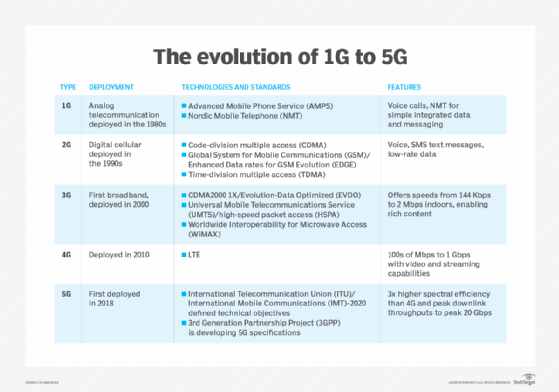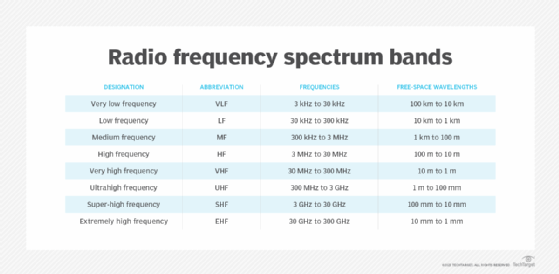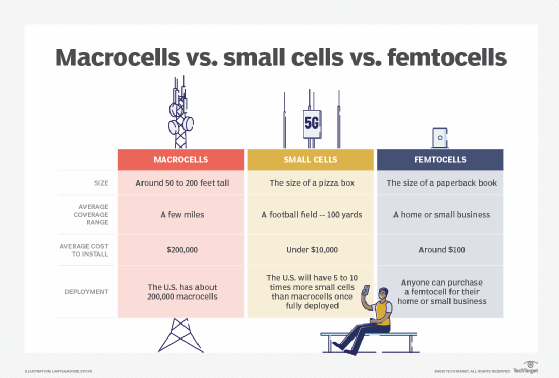mobile service provider
What is a mobile service provider?
A mobile service provider is a company that sells wireless connectivity to customers for cellphone data and telephone calls. It may also be called a mobile network operator, a mobile carrier, cellular company or wireless service provider.
Wireless data and phone calls are not included free with a cellphone or smartphone. The wireless connectivity for 4G and 5G must be purchased from a mobile service provider. These are typically either a monthly subscription or a pay-as-you-go service.
Most smartphone hardware is compatible with several mobile service providers. Subsidized smartphones may be locked so that they can only be used with a specific provider though. The mobile service provider will use a SIM card or provision an eSIM to authenticate the device on the network and identify the user.

What is a mobile network operator?
A mobile network operator (MNO) is a mobile service provider that owns the network equipment, base stations and wireless spectrum. The MNO may be called the service carrier. The radio spectrum license is purchased from a government entity. In the United States it is leased from the Federal Communications Commission (FCC). An MNO will operate nationwide.

The mobile network operators are the largest service providers in a country. They own and control all the elements of the network, perhaps billions of dollars worth in total.
In the United States, the following companies are the major mobile network operators:
- AT&T
- T-Mobile
- Verizon Wireless
- Dish Wireless (currently building a 5G-only MNO service)
What is a mobile virtual network operator?
A mobile virtual network operator (MVNO) is a mobile service provider that does not own the underlying network connectivity nor wireless spectrum. Instead, the MVNO leases or purchases in bulk connectivity from an MNO. So, any customer with service from an MVNO is connected to the network and services of the underlying MNO provider.
MVNOs are smaller than the MNOs. They may only operate in a certain region. Since MVNOs do not own the underlying network equipment they often have lower operating costs. They resell the service of the MNO to the customer. An MVNO may be able to offer service at lower cost due to its lower overhead and contract with the MNO.
Some popular MVNOs in the United States include the following:
- Boost Mobile (owned by Dish Wireless)
- Cricket Wireless
- FreedomPop
- GoogleFi
- Mint Mobile
- Optimum Mobile
- Straight Talk
- Ting Mobile
- Xfinity Mobile

How to choose a mobile service provider
Choosing a mobile service provider is often the first step in buying a new smartphone. Selecting the provider carefully is important as the provider experience is very important in how you use your smartphone.
Cost of service is often the first thing customers consider when choosing a service provider. Consider monthly cost and any discounts or taxes. Customers may be charged monthly or on a pay-as-you-go basis. The provider may subsidize new phone purchases, lease phones or only offer bring-your-own-phone service.
Service provider coverage in your area is an important consideration for choosing a mobile service provider. In most parts of the United States, 4G service is available, but 5G and especially 5G-NR and mm wave service may only be available in metropolitan areas. Therefore, there is no value in paying more for a provider that does not offer this service in a user's area.
Consider customer service and ease of use. Many larger MNO companies offer poor customer service compared to smaller MVNO providers. A large provider may have more physical retail locations though.
See also: 5G vs. LTE: comparing speed, spectrum and latency, learn the key differences between 4G vs. 5G networks, four telecom infrastructure trends driving network of the future and the 4 different types of wireless networks.





